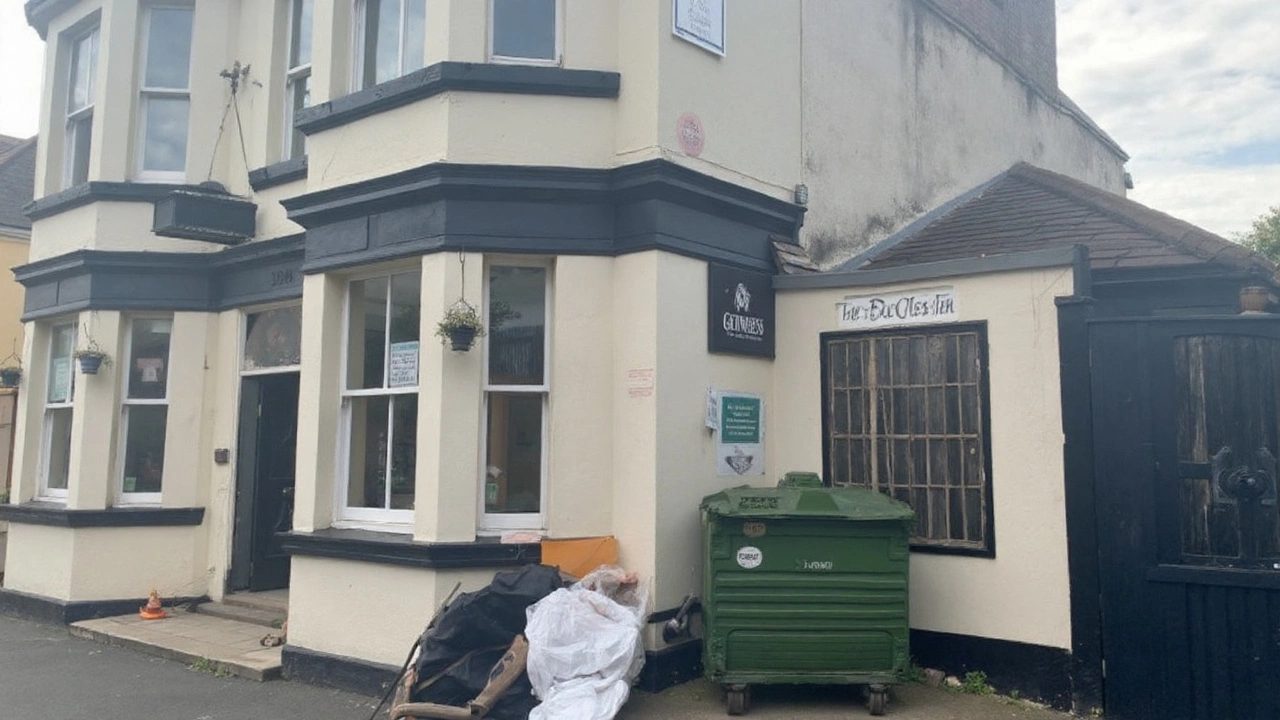A Brighton pub that locals boycotted after its former owner was convicted of sex trafficking is set for a complete change of use: from pints to front doors. Plans are being prepared to convert the building into homes — a move that reflects how reputational damage, licensing risk, and financial pressure can combine to end a venue’s trading life. The scheme, still subject to planning approval, places the site in the middle of two strong forces in the city: the urgent need for housing and the mounting strain on pubs.
While full details have not been published, the direction of travel is clear. The once-busy corner house is now a redevelopment prospect, with architects and planners looking at layout, access, and whether the structure can sensibly accommodate apartments. Expect a mix of smaller units — studios and one- or two-bed flats are common in pub conversions — but the final number will depend on the building’s footprint, light and ventilation, and fire safety routes.
What’s planned for the site
Turning a pub into homes isn’t a paper exercise. In planning terms, pubs sit in a use class of their own, which means a change to residential (C3) needs full planning permission from Brighton & Hove City Council. That process will test everything from heritage and design to noise mitigation, bin and cycle storage, and whether the flats meet space and daylight standards. If locals previously nominated the building as an Asset of Community Value, that adds another layer of scrutiny. If it’s in a conservation area or the façade is historically significant, expect conditions to preserve key features.
On timing, most straightforward planning applications aim for an eight to 13-week decision period once validated, but complex schemes can run longer, especially if design revisions are needed. If councillors call it in, the plan goes to committee. If refused, the developer can appeal, which extends the timeline by months.
Money and obligations matter too. Schemes can attract the Community Infrastructure Levy (CIL) and, if the project is large enough, affordable housing contributions under Section 106. While a single-building conversion often falls below the threshold for on-site affordable homes, planners still look for public benefits: better urban design, improved street frontage, energy upgrades, and secure cycle parking.
Then there’s the build itself. Conversions must meet modern building regulations: soundproofing between units (Part E), energy performance and insulation (Part L), access standards (Part M), and stringent fire safety — stair widths, protected corridors, alarms, and, in some cases, sprinklers. Noise management is a big one; pubs are often on lively streets, so developers will need acoustic glazing and careful internal layouts to keep bedrooms away from the busiest elevations.
One upside: reuse beats demolition on carbon. A sensitive retrofit can cut embodied emissions and keep character that new-builds struggle to match. Expect the design team to lean on that sustainability case when the scheme goes before planners and the public.

Why more pubs are becoming homes
This site’s story is sharper than most. The previous owner’s sex trafficking conviction triggered boycotts and a collapse in trust — the kind of reputational hit a venue rarely survives. Even under new management, the shadow can be long. Licensing authorities can review a premises licence when serious crime is linked to a site, and while every case turns on its facts, the risk alone can spook investors and lenders. In short: sometimes the trade doesn’t come back.
Zoom out and the picture is familiar across England and Wales. The sector has been squeezed by higher energy bills, staffing shortages, business rates, and shifting drinking habits. Property firm Altus Group reported that the number of pubs fell below 40,000 in 2022 for the first time on record. Conversions and closures have continued since, often clustered in expensive urban areas where housing values outstrip pub takings.
Brighton sits right in that cross-current. Demand for homes is high and rents bite; small, infill schemes that recycle buildings are attractive to developers and, sometimes, to planners keen to add supply without carving up new land. At the same time, the city has an active community pub culture. Residents have used community-right-to-bid powers to protect beloved locals and, in some cases, to force developers back to the drawing board. That tension — between safeguarding social spaces and creating new homes — will frame the debate here.
Supporters of the scheme will likely point to vacant periods, antisocial behaviour risks at derelict sites, and the opportunity to bring a troubled address back into responsible use. Opponents may argue the area already has enough flats and that a reimagined venue — a food-led pub, family café, or community hub — could thrive with the right operator. Planners will focus on evidence: viability assessments, marketing records showing genuine attempts to keep it trading, and whether the conversion meets policy tests in the city plan.
If the application lands soon, residents will have a formal window to comment online or by post. Expect familiar issues to surface: parking stress, overshadowing, privacy, and building height if any extensions are proposed. Design tweaks at this stage are common — a top-floor setback here, a shifted window there — to reduce impact on neighbours while keeping the scheme viable.
For the development team, the goal is straightforward: prove the pub is no longer viable, show that homes can be delivered to a good standard, and demonstrate benefits the community can feel. For the council, the test is whether policy, precedent, and public interest line up. And for people living nearby, it’s about what replaces a place many avoided in recent years — and whether the new chapter fits the street.
What happens next is procedural but important. The council validates the application, consults neighbours and statutory bodies, weighs design against policy, and issues a report. If approved, demolition of non-structural interiors, strip-out works, and then the main build follow. If refused, we’re in appeal territory or back to the drawing board with a revised design. Either way, the days of this building as a pub look numbered, and the arc points toward Brighton pub flats as its future.

